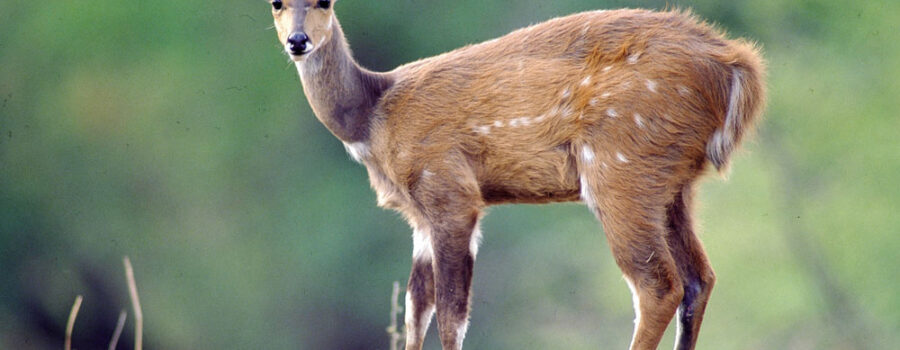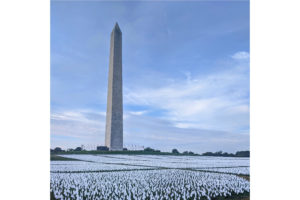Yesterday I bicycled out of Blantyre to the Michiru Conservation area. I went on a day hike on a well-established trail in the hills surrounding Blantyre. One of the joys of working here is that nature is so close, a 45 minute bicycle ride away.
Most weekends on Michiru I am lucky and see animals, typically baboons, and vervet and blue monkeys. Yesterday, on my descent from the mountain’s peak, I rounded a turn in the trail and three meters away was a small antelope. We startled one another. It quickly ran away, giving me wide berth. I had not seen a bushbuck on Michiru for a few years. The sighting made it a special day.
Returning home, I began thinking about how, here in Africa, we are often very physically close to wild animals. My friend Yaseen, whose house is 200 meters away from mine, built a special fence to completely surround his vegetable garden. Monkeys were raiding it each morning. This morning, I spotted two black tipped mongooses running through my garden. Usually, neither Yaseen nor I have physical contact with these wild animals. But if an animal became ill and died in my garden, I would need to dispose of its carcass. Each evening, just after sunset, bats skim the surface of my swimming pool, hunting insects. If one fell in, I would need to remove its drowned body and hope the chlorine in the pool would kill any viruses or bacteria it may have carried.
When a traveler returns to America with a fever, a standard question I ask them is, “Did you have any contact with wild or domestic animals?” An affirmative answer widens the spectrum of possible illnesses the traveler may have.
Zoonoses are diseases caused by jumping of pathogens (viruses, bacteria) between animals and humans. A well-known example is ebolavirus. Ebola is transmitted to humans by infected non-human primates, typically monkeys or chimpanzees. It becomes a human illness when a person has a close encounter with a primate who has fallen ill and died. A few years ago, scientists began using the term “One Health” to describe the interplay between animal and human disease. I am astonished this does not happen more frequently. Perhaps it does and no one knows.
Zoonoses are driven, of course, by human encroachment on animal habitats. The monkeys eating Yaseen’s tomatoes were almost certainly present before his house and garden were built on their territory. If there was no Michiru Conservation area with its well-tended trails, no human would likely have gotten so near that bushbuck yesterday.
When a traveler returns to America with a fever, a standard question I ask them is, “Did you have any contact with wild or domestic animals?” An affirmative answer widens the spectrum of possible illnesses the traveler may have. I love seeing animals in their natural habitat. But please do humankind a favor and enjoy animals from afar. We humans have encroached on their territory. Be respectful and give them room.






